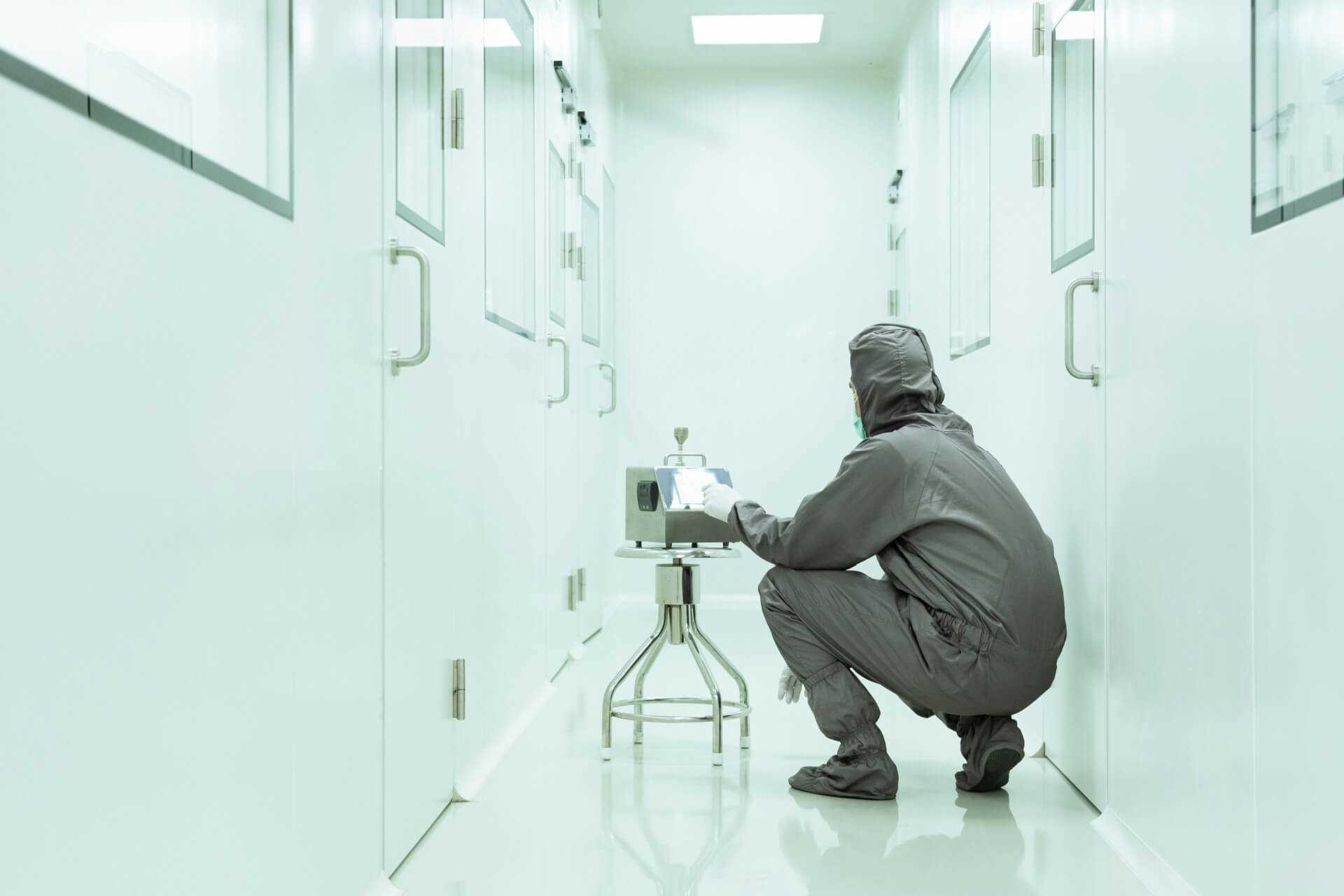
Sterilization Methods
Sterilization of medical devices is a critical aspect of ensuring the safety and efficacy of medical procedures. A wide range of medical devices are used in healthcare, including surgical instruments, implants, catheters, and many others. These devices need to be free from any microorganisms that may cause infection or disease. To achieve this, different sterilization methods are used depending on the type of device, material, and intended use.
Overview of Sterilization Methods:
Heat Sterilization: This is one of the most commonly used sterilization methods. Heat can be applied through dry heat or steam. Dry heat is used for materials that are sensitive to moisture, while steam is used for materials that can withstand moisture. The high temperature kills microorganisms, including spores, and renders the device sterile.
Chemical Sterilization: Chemical sterilization is used for devices that cannot withstand high temperatures or moisture. Ethylene oxide gas, hydrogen peroxide plasma, and glutaraldehyde are commonly used chemicals for sterilization. These chemicals destroy microorganisms by damaging their cell walls and proteins.
Radiation Sterilization: Radiation sterilization is used for devices that cannot withstand heat or chemical exposure. This method uses ionizing radiation, such as gamma or electron beams, to kill microorganisms. Radiation causes damage to the DNA of microorganisms, making them unable to reproduce and rendering the device sterile.
Comparison of Sterilization Methods:
Each sterilization method has its advantages and disadvantages. Heat sterilization is effective for most devices, but it can damage some materials and require longer processing times. Chemical sterilization is effective for a wide range of devices, but it requires proper ventilation and handling due to the hazardous nature of the chemicals. Radiation sterilization is quick and effective, but it requires specialized equipment and can damage some materials.
Choosing the right sterilization method for a medical device requires careful consideration of various factors, including the device's material, intended use, and regulatory requirements. All sterilization methods have their strengths and limitations, and the choice of method must be made after careful evaluation of these factors. Proper sterilization of medical devices is critical for the safety and well-being of patients, and healthcare professionals must ensure that devices are sterilized using appropriate methods to prevent infections and other adverse outcomes.
